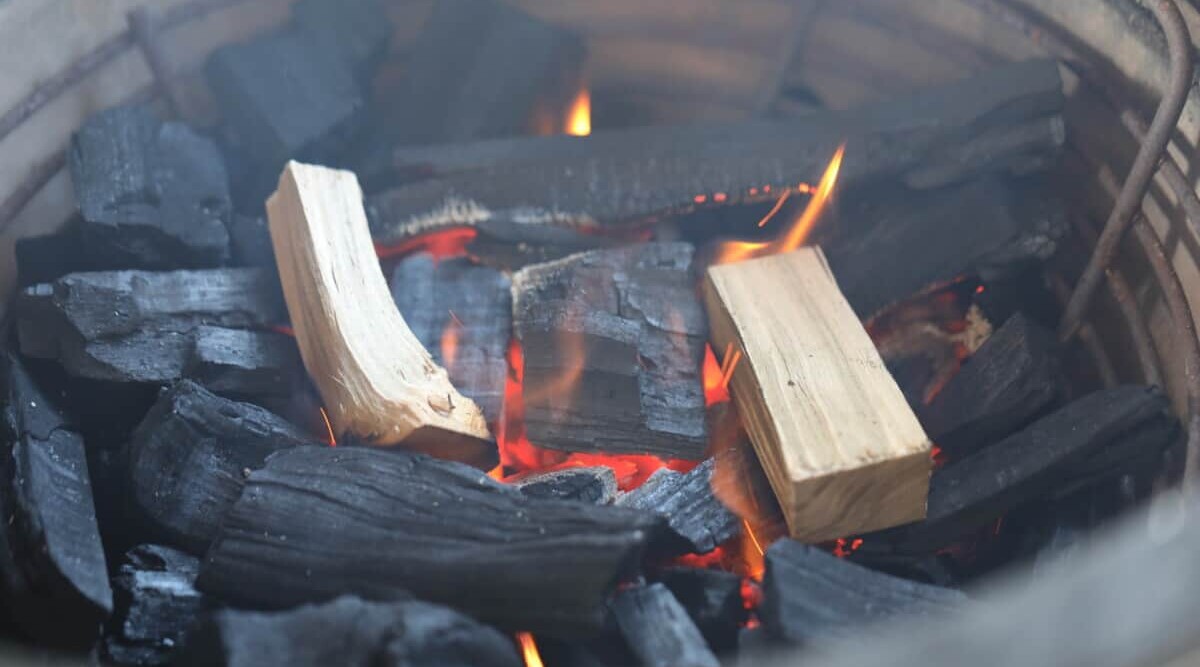
The following smoking wood chart I have pieced together after decades of experience using different smoking woods, and from studying multiple sources*.
I have only listed the most commonly used woods and ones that I have bought and used myself. Many more exist, but they are hard to source and you’re unlikely to ever encounter them.
In the ‘Flavor Profile’ column, I list the most commonly used words to describe each wood’s flavor. In the ‘Food Pairings’ column, I list the most commonly agreed meats and foods that each wood smoke is best paired with.
Finally, it’s important to know and remember that the content of this table is just my opinion. Not concrete fact, just generally agreed opinions mixed with my own thoughts after many years experience. Some will disagree with the finer nuances, but this is a guide that serves me well and I’m sure will serve you well too.
Jump to:
Smoking Wood Chart
| Wood | Flavor Profile | Food Pairings |
|---|---|---|
| Alder | Mild and light — Delicate, subtle, slightly sweet, musky. | Fish (particularly salmon), poultry, and light-meat game birds. |
| Apple | Mild to Medium — Light and sweet, slightly fruity. Can be mixed with other woods for great results. | Poultry, beef, pork, (particularly ham), lamb, game birds, and cheese. |
| Ash | Mild — Light, unique flavor. | Poultry, fish and seafood, beef, pork, lamb, game, and game birds. |
| Beech | Mild — Well-balanced, good all-rounder. Can pair with stronger woods to make less overpowering. | Poultry, fish and seafood, beef, pork, lamb, game, game birds, and cheese. |
| Birch | Mild — Clean and not overpowering. Similar to maple. Remove the bark, which is oily and strong. | Poultry, fish and seafood, and pork. |
| Cedar | Medium — Sweet and tangy. Big, bold flavor, but not strong and overpowering. | Only ever really used for 'planked' fish (particularly salmon.) |
| Cherry | Medium — Subtle, sweet and fruity, to mildly tart. Gives a rosy red tint to meats. Great mixed with oak and apple. | Poultry, fish and seafood, beef, pork, lamb, game, and game birds. |
| Chestnut | Mild — Nutty and slightly sweet, a little tangy. | Poultry, fish and seafood, pork, and cheese. |
| Hickory | Strong — Bold, universal flavor. Sweet and strong. Bacony flavor. Can be pungent. Can be overpowering, good to mix with oak. | Poultry, beef, pork, game, game birds, cheese. Most popular with pork, ribs, and bacon. |
| Maple | Mild — Somewhat sweet, subtle, balanced flavor. | Poultry, fish and seafood, pork, and cheese. |
| Mesquite | Very strong — Strongest of all. Earthy and spicy. Use sparingly. | Beef, pork, and poultry. |
| Oak | Medium — Traditional rustic flavor. Stronger than apple and cherry, lighter than hickory and mesquite. Bold but not overpowering. | Poultry, fish and seafood, beef, pork, lamb, game, game birds, and cheese. |
| Olive | Mild — Similar flavor to mesquite, but very light in comparison. | Best with poultry. |
| Orange | Mild — Light and fruity, tangy and citrusy. Lighter than most other fruit woods. | Poultry, fish and seafood, and pork. |
| Peach | Medium — Sweet and earthy Similar to hickory, but sweeter, fruity and milder. | Poultry and pork. |
| Pear | Medium — Light and sweet, slightly fruity, very similar to apple but lighter. | Poultry and pork. |
| Pecan | Strong — Similar to hickory, not as strong. Sweet and nutty. A good all-purpose, all-rounder. | Poultry, beef, pork, and cheese. |
| Plum | Medium — Sweet, bold, fruity flavor. | Poultry, fish and seafood, and pork. |
| Walnut | Strong — Heavy flavor, can be bitter. Good mixed with sweeter fruit woods. | Beef, pork, and game. |
Are There Other Less Common Smoking Woods You Can Use?
Yes, I’ve seen less common smoking woods be sued. The ones I’ve come across in use, and occasionally seen for sale, include:
Acacia, almond, apricot, avocado, bay, butternut, carrotwood, cottonwood, crab apple, fig, grapefruit, grapevine, guava, gum, hackberry, kiawe, lemon, lilac, madrone, manzanita, mulberry, nectarine, persimmon, pimento, sassafras, willow, and the oak reclaimed from wine and whiskey barrels.
Can You Mix Smoking Woods?
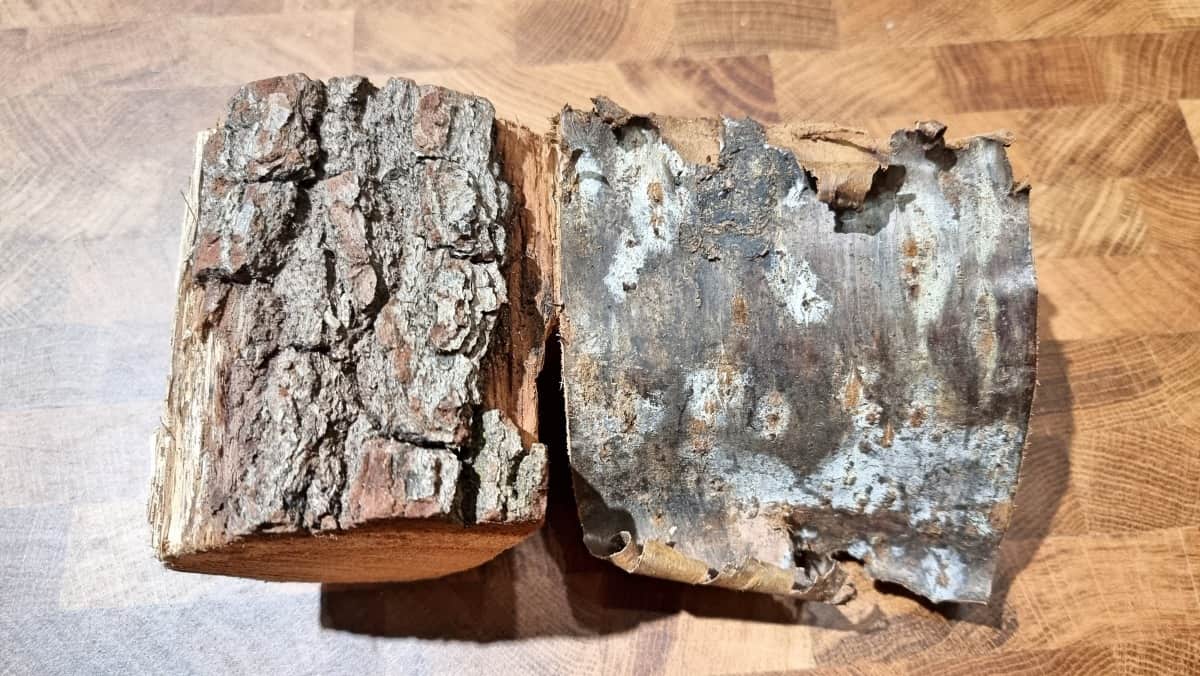
Yes you can mix smoking woods. It is a popular technique to create unique flavor combinations. Blending strong, spicy woods like hickory with lighter, fruity varieties such as apple wood can yield a balanced and complex flavor profile, capturing the best of both worlds.
Try mixing one of:
- Mesquite
- Hickory
- Oak
- Pecan
- Walnut
With one of:
- Apple
- Cherry
- Orange
- Peach
- Pear
- Plum
My favorite combinations are to add apple to either oak, hickory, or pecan to get a good mix of complex, earthy, spicy, sweet, and fruity all in one smoke.
Another mix I like is adding cherry to either oak, hickory or pecan, to hit all flavor bases, while adding a beautiful red color to meats, coming from the cherry smoke.
Before experimenting with mixing, I recommend smoking with only single species at first to get used to what they taste like. But then, go wild. Smoke is an ingredient, so have a play with it.
Are There Woods You Need to Avoid for Smoking?
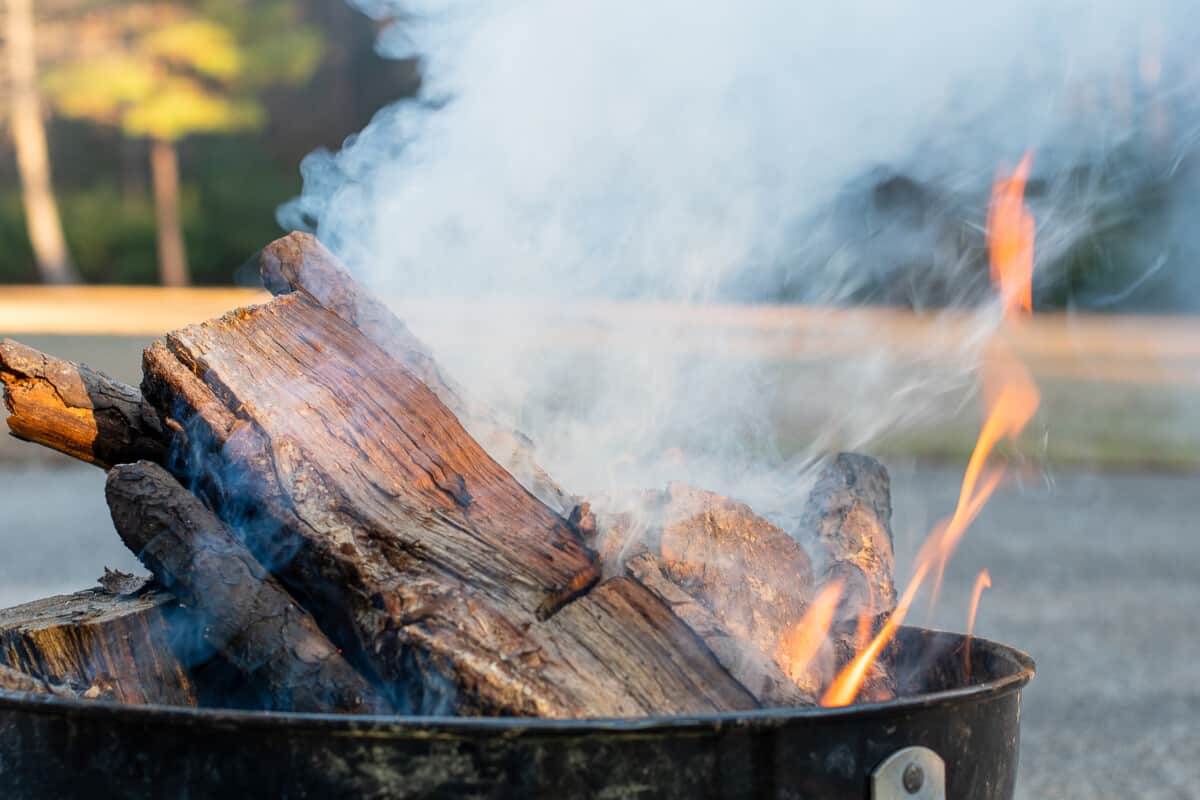
Yes, there are certain woods that should never be used for smoking due to their harmful effects. Some impart unpleasant flavors, while others are poisonous or contain irritants that can cause illness.
Common trees and woods to avoid for smoking include:
| Aspen | Cypress | Eastern cedar |
| Elderberry | Elm | Eucalyptus |
| Fir | Hemlock | Laburnum |
| Liquidambar | Locust | Mangrove |
| Oleander | Osage orange | Pine |
| Poisonous walnut | Redwood | Sassafras |
| Spruce | Sycamore | Tamarack |
| Tambootie | Yew |
Further Caveats and Common Sense
You should also avoid smoking with any of the following woods:
- Any wood that has been chemically treated with a preservative.
- Any wood that you do not know for a certainty they have not been treated with a herbicide, pesticide, or fungicide.
- Any wood that has been painted, stained, or varnished.
- Any scaffold boards or pallet wood — They are often chemically treated, but also may have been in contact with all sorts of unknown substances and chemicals.
- Any wood that has started to rot or shows mold or fungus. Burning these can create smoke with toxins.
- Any wood that has been in contact with poison ivy or anything similar which can give off (severely) irritating vapors when burned.
- Any wood with any kind of ‘off’ or weird smell.’ When you burn it, it will transfer to your food.
- Any wood of which you don’t know the species. It’s not worth the gamble!
My Personal Thoughts on Choosing Smoking Wood
After all I’ve read, experienced, and tested over decades, I agree that smoke from different woods do taste different and can be more suited to different foods.
However, it’s my opinion that many people go obsessively overboard, exaggerating the effects that different wood smokes make. They try to get so specific and granular in their pairings that it’s almost to the point of ridiculousness.
There are very strong wood smokes that can completely overpower chicken, fish, and veg, and hence should not be used with these foods. There are wood smokes at the other end of the scale so mild that they do not stand up well to a rubbed roast of beef where a more robust smoke pairs much better.
But let me ask you something:
After you take a piece of beef, pork, or chicken, perhaps marinade, inject or brine it, then rub it in a blend of salt, pepper, herbs, and spices, then smoke it for hours, and finally apply a sauce before eating with pickles and accompaniments, can you really determine subtle differences in the flavor of the wood smoke used? In my opinion, no.
After the layers of flavor we apply to our BBQ, can you really tell the difference between meat smoked with ash, beech, or maple? Between meat smoked with apple or pear? I cannot, and nor can any of the dozens of people I have cooked for either — I have done such tests on people.
In my opinion, the most important differences you really need to know and care about are:
- Fruit woods — Give a mild, light, sweeter smoke.
- Nut woods and trees with solid seeds — Give a stronger smoky flavor.
- Mesquite — Out all alone as a VERY strong smoke flavor. Earthy, spicy, very strong. Use sparingly and typically mixed with much lighter woods.
- Oak, hickory, and pecan — Are good all-rounders to give a medium to strong smoky flavor.
- Apple and cherry — Are good all-rounders to give a mild smoky flavor.
- Cherry — Is good for giving a pleasing red hue to meats smoked with it.
The best advice I can give is to source a large amount of two types of wood, one mild and one medium to strong. Which ones depend on what’s local to where you live.
For a mild wood, try any fruit wood. My favorite being apple.
For a medium, stronger wood, get either oak, hickory, or pecan, whatever you can source cheaply and locally.
Buy one from each group, use these for some time until you get used to using them, and getting the right strength of smoky flavor you like on the different foods you cook.
Once you have nailed using these two wood types, then perhaps experiment with other woods.
Final Thoughts
In my early BBQ days, I used trial and error to select the best smoking wood. Now, I use a smoking wood chart to match each meat with its ideal smoke flavor.
Remember, smoke should not be an afterthought, but an essential ingredient. It is important for flavor and enhances the BBQ experience, adding character to your creations.
We designed our Smoking Wood Chart to guide you in choosing the perfect wood for every dish.
So, the next time you’re ready to cook, consult our smoking wood chart and remove the guesswork. And if you do, please share your experiences with the chart in the comments below!
*Sources: Charts and guides from the following sources were studied in the making of my chart. All are reasonably accurate, commonly agree on most of their flavor profiles and food pairings, though they do disagree in some places: napoleon.com, thespruceeats.com, smokewoodshack.com, charbroil.com, virtualweberbullet.com, and bradleysmoker.com.


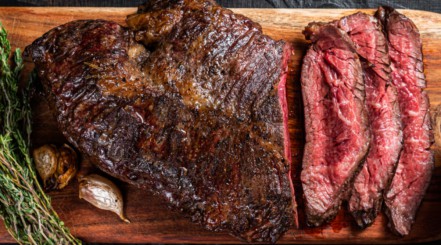
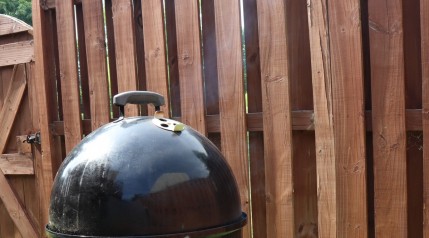
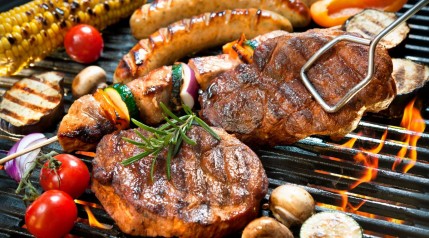
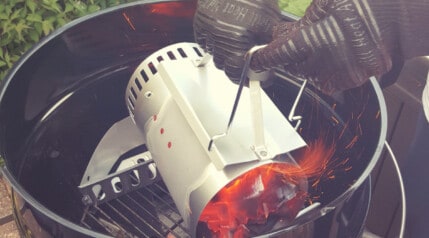
Well to begin with, I’m pretty decent when it comes to grilling and a bit of a novice in the smoking area. So I had a honeysuckle tree that got damaged after a storm and had to cut down. As I was cutting it up my chainsaw got pinched and started to smoke a bit. The aroma was very sweet and somewhat citrusy but more of a berry smell. So my question is can I use it to smoke meat? Like maybe pork or chicken?
Hi Ron. I’m afraid I don’t know. From my (limited) knowledge of honeysuckle, it’s a softwood flowering shrub, and typically we only use hardwoods. And because the safety and effectiveness of using honeysuckle is not well documented (I just had a cursory search for some info and kind of drew a blank), I would prefer not to use it, and stick to what is known and safe personally.
But yes, I’m afraid I don’t know, and cannot say whether it’s good to use or not, or even safe to use or not. Sorry.